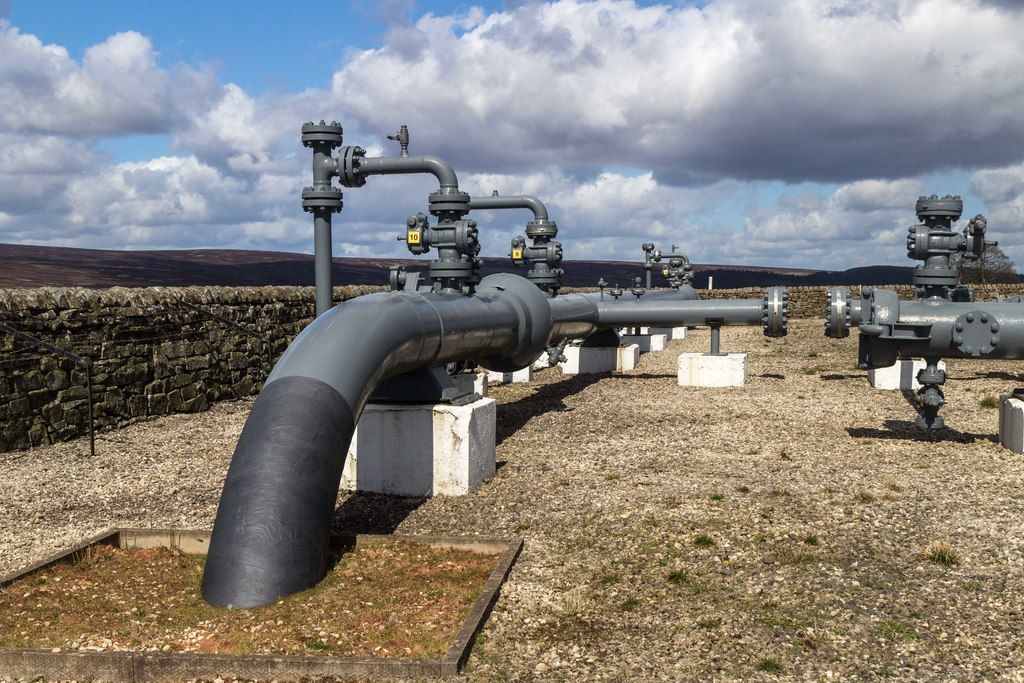
Our present society, technology, and welfare have, in the 20th century, been built up with fossil fuels as the energy source. Fossil fuels are ‘solar stocks’, stored solar energy of hundreds of millions of years. Fossil fuels can be seen as nature’s brilliant technology for very effective and durable energy storage.
The fabric and nature of today’s society appear to be closely interconnected with the properties of these solar stocks. This implies that society as we know it cannot be sustained without solar stocks and fossil fuels.
Solar stocks in today’s society
Let us look at the characteristics of solar stocks (fossil fuels) and today’s society. Fossil fuels are presently abundantly available, reliable, tunable to demand, compact, easily transportable, and easily storable. Much of this is due to their extremely high volumetric energy density of some 35 gigajoule per cubic meter (in liquid or solid form). This extremely high value allows a full passenger car weighing 2000 kg to travel 1000 km at 120 km/h on 50 liters of gas or diesel. It also allows The Netherlands to acquire and store enough natural gas to last a whole winter.
These examples illustrate the characteristics and demands of today’s society: Continuity, reliability, cost and time effectiveness, and comfort for all people and businesses. Fossil fuels answer well to these demands, and the reverse appears to be accurate: Availability creates demand, and our modern demands have been developed based on fossil fuel availability and characteristics. This close interconnection between today’s societal demands and fossil fuel characteristics is crucial for future energy policies.
Solar flows in today’s society
Solar flows, i.e. energy that the sun deposits on earth in real-time today and tomorrow, can be exploited by various means: Wind turbines, solar PV panels, solar thermal panels, hydropower, and biomass. Other energy modalities, such as geothermal, tidal, and nuclear, originate from within the earth – not based on solar flows.
Present energy policies are mainly based on replacing solar stocks with solar flows: Fossil fuels are out, and wind, solar, biomass and hydropower are in. Nuclear is controversial and, in any case, not sufficient, and geothermal and tidal are too geographically limited on a global scale. The fact that present energy policies are mainly based on solar flows is very remarkable, as the characteristics of solar flows poorly match today’s societal demands (continuity, reliability, cost and time effectiveness, and comfort for all people and businesses).
Characteristics of solar flows
Wind and sun operate anywhere on earth but are intermittent and unpredictable on an hourly and daily basis. This very nature of wind and solar energy is incompatible with the societal demands of continuity and reliability. On the other hand, hydropower and biomass perform better on these demands but fail on geographic limitations and environmental impact: Hydropower requires significant height differences in specific geographic circumstances, and biomass costs far too much natural land space and biodiversity.
In addition, all solar flows lack the prime property of solar stocks: High volumetric energy density. A cubic meter of moving air or water, or a square meter of solar radiation, contains less than 1% of the energy in a cubic meter of liquid or solid fossil fuel. That is why solar flows require so much space and materials to be exploited. The much-used argument that abundant solar flows are as valid as irrelevant. Abundance is not the critical success factor. Energy density, continuity, reliability, and cost-effectiveness are the critical success factors for our present society. In other words, it is not the amount of energy that counts but what is needed to harness and utilize it. The latter is primarily determined by energy density.
Scientific analysis
The Technical University of Eindhoven has correlated the energy density of our energy sources to the evolution of our civilization. Over thousands of years, we moved from human power (galley slaves and porters) to animal power (oxes and horses), wind power (galleons and windmills), hydropower (watermills and reservoirs), fossil fuels (coal, oil, and gas) and nuclear power (uranium and plutonium). With each step, the energy density and, thereby, our societal development increased more than tenfold. A horse replaces more than ten humans, powering plows and carriages. A windmill replaces more than ten horses, powering land reclamation from the sea. A fossil fuel plant replaces hundreds of windmills, powering households, public transportation, and industries. And one ton of nuclear fuel replaces more than 50,000 tons of fossil fuel, reducing energy waste streams to very small volumes with low environmental impact.
The essence of energy density
The intrinsic energy density of solar stocks and flows is a physical characteristic we cannot influence by any technology or innovation. We can, for example, concentrate solar light into one spot with a magnifying glass or mirror array, but the total space required to harvest a certain amount of power cannot be decreased. For example, the mirror array of a concentrated solar power plant must have a similar surface area as a solar panel array producing the same amount of power. Using a hydropower reservoir, we can also concentrate the potential energy of an entire river basin into one location. But the surface area of such a reservoir must be very large, thereby destroying a part of the natural basin.
Low-density solar flows in a high-density society
This implies that an energy source’s intrinsic energy density – i.e. the original energy content per square or cubic meter – is directly correlated to its potential to sustain our present technology-based and energy-dense society. Our cities, industries, agriculture, transportation, and data centers require large amounts of power and energy in a small space, and this cannot effectively be done with low-density solar flows that require vast amounts of space (and also vast amounts of materials, often rare materials like lithium, cobalt, copper, and neodymium). Solar flow exploitation – by solar panels, wind turbines, hydropower plants, and biomass farms – cannot be miniaturized like electronics because the limitations are physical rather than technological in energy. Trying to miniaturize solar flow exploitation is like constructing a Perpetuum mobile or making apples fall upward: It is physically impossible and can be shown to be impossible. See also professor Simon Michaux’s compelling analysis on this.
Conclusion
My first book, The Green Illusion, explains the impossibility of basing today’s society on solar flows in detail with quantitative calculations, examples, and illustrations. My second book, The Green Opportunity, shows that reducing our energy consumption is much more compelling than replacing solar stocks by increasing solar flow capacity. One may argue endlessly about this, although the facts and figures speak very much for themselves. It would be very unwise not to seriously consider the scenario that today’s society can indeed not be sustained without fossil fuels. Present national and international energy policies lack this serious consideration.








